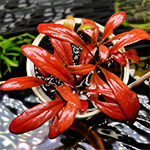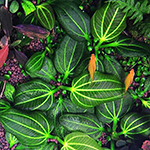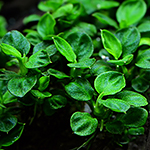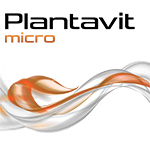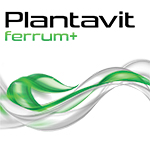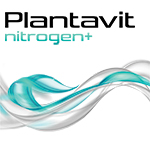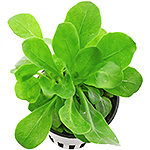
Samolus valerandi (Seaside brookweed or rivuletweed) is a small, slow-growing rosette plant ideal for aquariums and paludariums. Native to Europe, Asia, and North America, it thrives in fresh to brackish water, often in damp or salty coastal areas.
Underwater, it forms light green, spatulate leaves and grows up to 10–15 cm tall and 10–20 cm wide, but often stays smaller. In shallow water or emersed, it produces upright stems with small white flowers and seeds. It’s known in the hobby under names like Samolus floribundus and S. parviflorus.
Best suited for well-lit, cooler tanks (under 26 °C) with nutrient-rich substrate. It tolerates hard or soft water and up to 30 mg/L salt. In long photoperiods or shallow setups, it may develop stalks. Great for foreground placement in cold-water, brackish, or paludarium setups.
Price per: 1 plant.
This item can be shipped ONLY to Europe
Price per: 1 plant.
This item can be shipped ONLY to Europe














